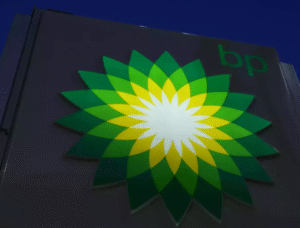$OIL $BP $XOM
#OilPrices #MarketForecast #FinancialAnalysis #OPEC #OilSupply #EconomicUncertainty #TradeWars #InvestmentBanks
The financial landscape surrounding oil prices is undergoing a significant shift, as analysts and investment banks project a dampening of prices due to increasing supply and potential slump in demand. With these factors in play, it’s predicted that oil prices will average in the lower $70s for the current year. This projection represents a notable departure from previous expectations, signaling a potentially less lucrative year for oil companies and investors alike.
The oil industry is notoriously susceptible to the push and pull of market dynamics, and it appears that a surge in supply is set to be the defining factor of the current cycle. The Organization of the Petroleum Exporting Countries and its allies, collectively known as OPEC+, has recently confirmed that it will be boosting oil production as early as next month. This move is expected to saturate the market, putting downward pressure on prices and possibly causing a significant realignment in the industry.
Simultaneously, there’s a rising tide of concern regarding an anticipated dip in demand. This apprehension comes on the heels of the new U.S. administration’s policies and the escalation of trade and tariff wars. The resulting economic uncertainty is causing a ripple effect, triggering fears of a potential decrease in oil consumption. With the global economy on tenterhooks and the geopolitical landscape in flux, the oil market faces a daunting set of challenges.
However, the situation is not entirely bleak. The proactive stance taken by OPEC+ in adjusting production levels indicates a strategic approach to managing the market turbulence. While the decision to add barrels to an already saturated market may seem counterintuitive, it’s a calculated move aimed at sustaining long-term stability. Similarly, the U.S.’s new administration and its trade policies could potentially lead to an environment of increased domestic production, which might offset some of the losses from international trade disputes.
In conclusion, the oil industry is poised for a challenging year ahead, beset by a surge in supply and potential decrease in demand. However, these challenges also present opportunities for strategic adjustments and innovation. As the market navigates through the ebbs and flows of these dynamics, it will be crucial for stakeholders to stay abreast of the developments and adapt their strategies accordingly. While the future of oil prices may appear uncertain, one thing remains clear – the industry’s resilience and ability to adapt to changing market conditions will be put to the test.







Comments are closed.